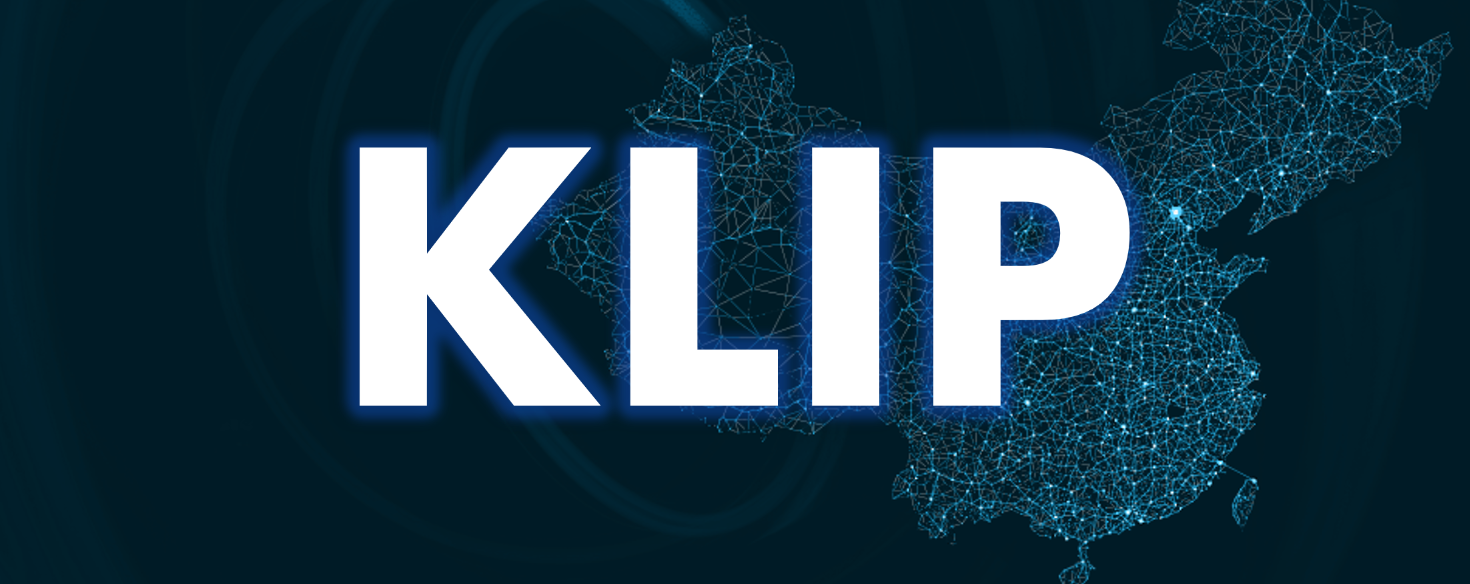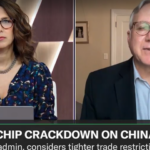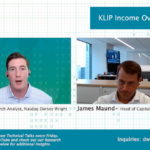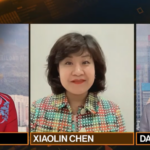
KLIP China Internet Covered Call Strategy FAQ
When can I expect to receive my dividend?
We provide guidance on distribution dates in a detailed dividend payment schedule posted here on the KLIP webpage. However, the time it takes between when the money leaves our Fund and investors receive it in their brokerage accounts can vary from broker to broker. Please reach out to your broker for information on how they process dividend payments for KLIP.
KraneShares pays dividends from the Fund directly to the Depositary Trust & Clearing Corporation (DTCC), which then distributes the cash to the brokers that own shares in KLIP. We pay out dividends to DTCC on our stated payment date. After that, the cash will have left our Fund.
How does KLIP's NAV change over time?
It is essential to look at covered call ETFs on a total return basis, which factors into the options income generated from distributions. Investors can access KLIP's total return chart here. Investors must reinvest distributions paid out by KLIP to benefit from compounding growth potential.
KLIP's distributions are based on option income earned from its covered call strategy, which increases KLIP's NAV. As of 4/30/2024, KLIP has paid out $11.16 in distributions since its inception.* However, since KLIP intends to pay out all the option income it generates, the net effect on KLIP's NAV is neutral.
NAV increases from option income earned are offset by distributions paid out to shareholders on KLIP's ex-date. Investors should expect an NAV decrease on KLIP's ex-date, equivalent to the distribution being paid out.
KLIP holds underlying shares of KWEB. If KWEB declines in value over a period of time, the price decline will reduce the NAV of KLIP. Such decreases are not NAV erosion from the distribution.
Declining NAV during potential negative KWEB performance periods will not affect the size of KLIP's distributions. Such periods may lead to higher distribution rates as options premium tends to increase during periods of market volatility.
What is a covered call strategy?
A covered call strategy is an investment strategy that uses options. An option is a financial derivative that gives buyers the right, but not the obligation, to buy (call) or sell (put) an underlying asset at an agreed-upon price (strike price) before a predetermined date (expiration). A covered call strategy refers to the scenario in which one sells a call option on a security that he or she already owns, receiving the option premium, which provides limited downside protection if the security declines in price. If the security price exceeds the strike price, the buyer can exercise the option, paying the lower strike price for the appreciated security. If the security price is below the strike price at expiration, the option expires worthless. The seller of the option keeps the option premium regardless of the price of the security at expiration.
What does KLIP do?
KLIP allows investors to take advantage of volatility in China internet stocks by providing attractive monthly distributions that are highly correlated with the underlying ETF shares. Please click here to view a detailed distribution schedule for KLIP. KLIP writes (sells) call options on the KraneShares CSI China Internet ETF (Ticker: KWEB) while owning KWEB shares. The option premium received will provide limited downside protection on the KWEB shares owned by the Fund if KWEB declines in price. KLIP’s distributions reflect the premium earned from selling options on KWEB, which tends to rise and fall with the volatility in KWEB shares.*
Will KLIP outperform or underperform KWEB?
KLIP exchanges the uncertain upside potential of KWEB for option income. In a declining price period for KWEB, KLIP will provide monthly option income distributions that will offset some of the price declines in KWEB. In an increasing share price period for KWEB, KLIP’s share price will remain relatively stable and KLIP will continue to distribute monthly option income that is aligned with the options premium earned by the Fund. During a period of price appreciation for KWEB, KWEB's share price may exceed the option strike price, and the shares will be called away. When this occurs, any appreciation above the strike price will not be realized.
Does KLIP cap distributions?
Unlike other covered call ETFs, KLIP does not cap option income distributions. The distributions investors in KLIP receive will be aligned with the options income earned by the Fund for the month, minus expenses, and fees, and any required capital gains distributions, which usually occur at end of the year.
Is KLIP actively managed?
Although KLIP is classified as an actively managed product, it is managed systematically. With every creation unit, our portfolio management team sells an equal amount of at-the-money, short-dated call options on KWEB and purchases the corresponding KWEB shares.
How are distributions from covered call ETFs different than those from other types of distributing investments?
The distributions provided by KLIP mostly come from the cash generated by selling covered calls on KWEB. For other types of funds or investments, monthly distributions are not generally sourced from the sale of options. Rather, they are sourced exclusively from payments, such as dividends or coupons, received from assets, such as stocks or bonds. Note, however, that KWEB has a distribution at the end of the year, which KLIP will then distribute. This distribution will be a combination of the options income for the month of December and KWEB’s distribution.
If KLIP receives and distributes options income monthly, why does its monthly 19a Notice show mostly return of capital?
ETFs are legally required to issue a 19a Notice after every distribution. A 19a Notice is an estimate that uses net investment income but ignores both realized and unrealized capital gains. The types of income recognized by 19a as investment income are coupons, dividends, and interest. Option income is different from other types of investment income and is normally treated as a capital gain. As a result, option income is not classified as investment income for the purposes of the 19a Notice. The 19a Notice does not contain any tax information, and official tax information is provided at the beginning of the year (following the tax year) in a Form 1099-DIV.



















